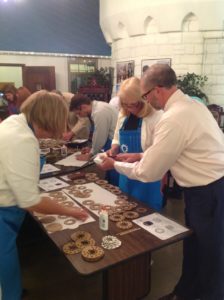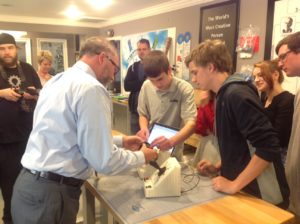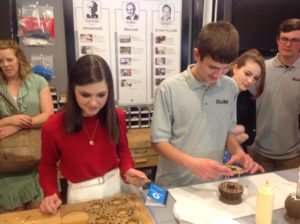Taking R&D from Inventionland into the Classroom
Who would have thought that a couple decades in research and development would one day turn into interactive, STEM-education-based coursework that prepares students with a valuable skill set for both college and the professional world?
Well, that’s just one of the incredible things about inventing. A single, successful idea can launch into many others. Recently, that’s exactly what’s been going on with the project-based inventing curriculum that my team and I have polished over the last several years.
I’m committed to launching our real-world inventing coursework in schools across Pennsylvania and beyond and so, I am thrilled to be involved as regional educators and students flock to Inventionland, our expansive 61,000 square-foot design facility, to experience it for themselves.
You see, in today’s schools, it is becoming increasingly difficult to capture students’ attention, let alone keep them engaged, energized and prepared for tomorrow’s careers. But, my state-of-the-art, project-based curriculum has the potential to do just that. Recently, we gave area educators just a taste of those capabilities.
This week, I had the pleasure of leading curriculum directors from nearly 20 different Pittsburgh-area schools, as well as representatives from Intermediate Unit 1(IU1) and the Pennsylvania Department of Education. Along with one of my Inventionland Creationeers, Matt, I guided the group through the process of building a pencil holder from 31 pieces of laser-cut cardboard.
As we all found out together, developing a product is much like developing coursework. You start with pre-development work, identify the needs of the market, brainstorm your solution and work through concept models to find the best direction. And with great effort comes great reward, right?
My real-world inventing curriculum allows students to go through the sequence that brings successful products to store shelves. They go through the product development process and get an overall picture in their mind that functions as a “how to” map, building a belief system. In doing so, they see that the product development process isn’t magic, but a proven method they can apply to their own invention ideas to bring them to life.
Here is just a glimpse at student groups whose eyes have recently been opened to all the possibilities of the product development process at Inventionland:



